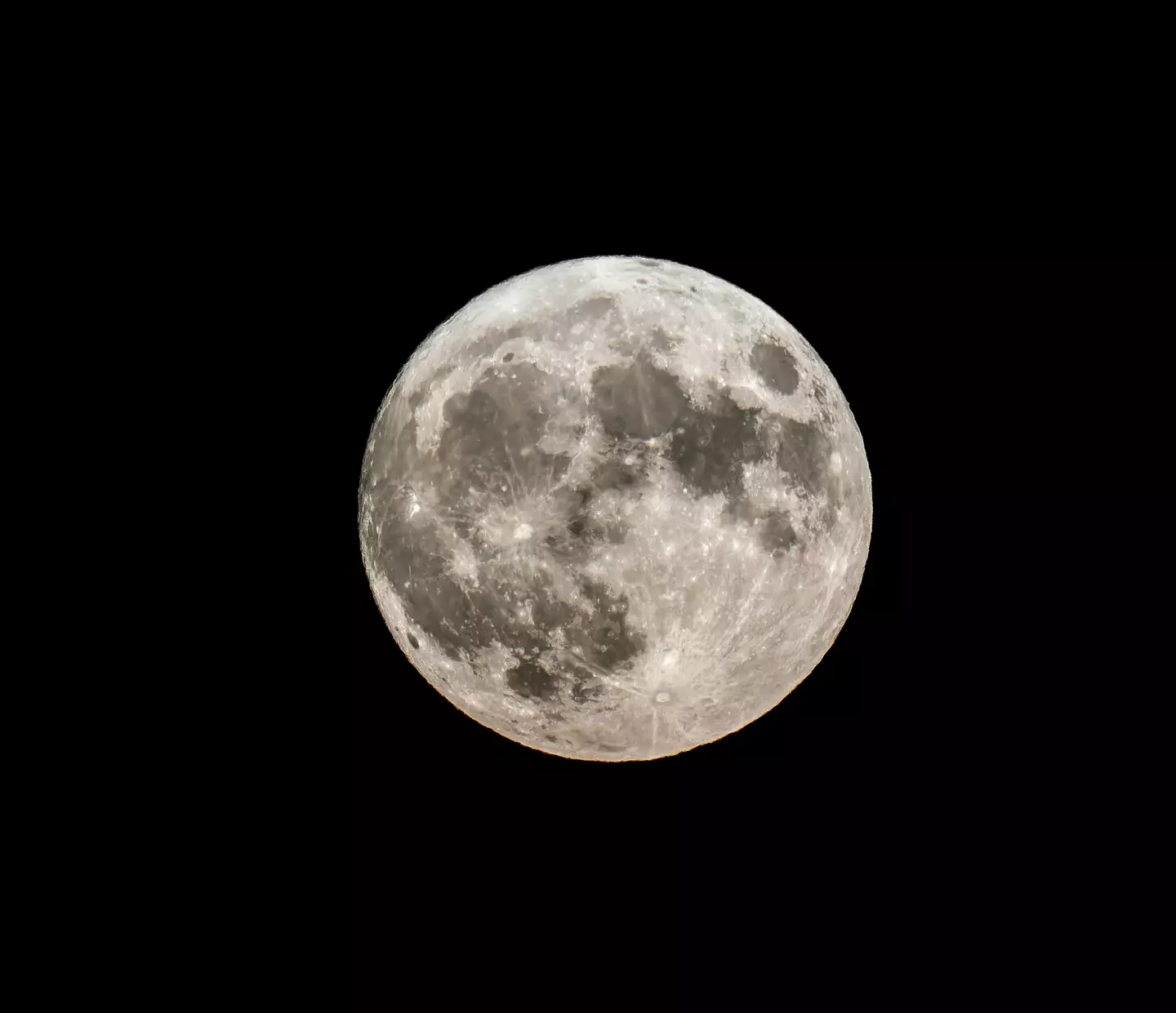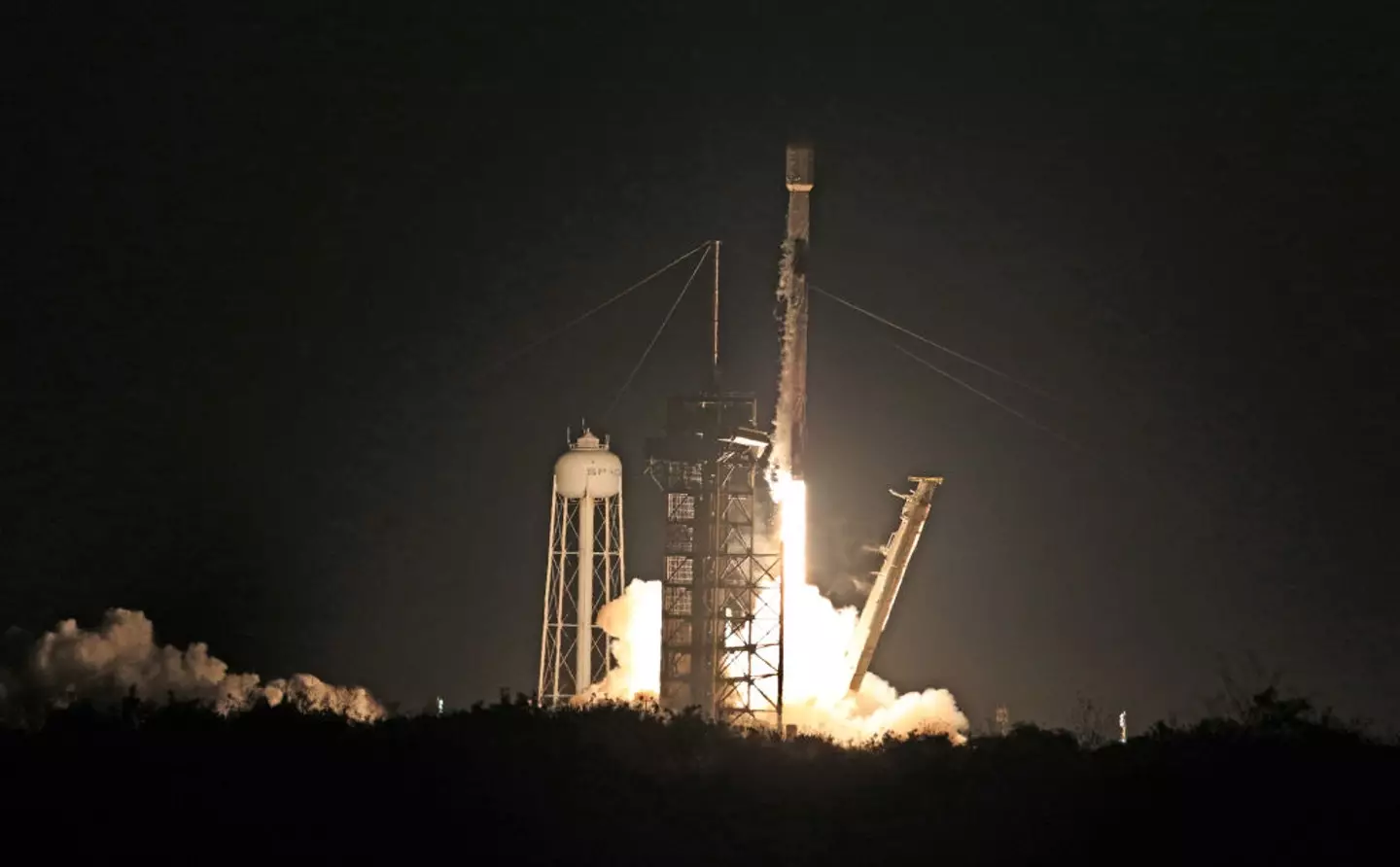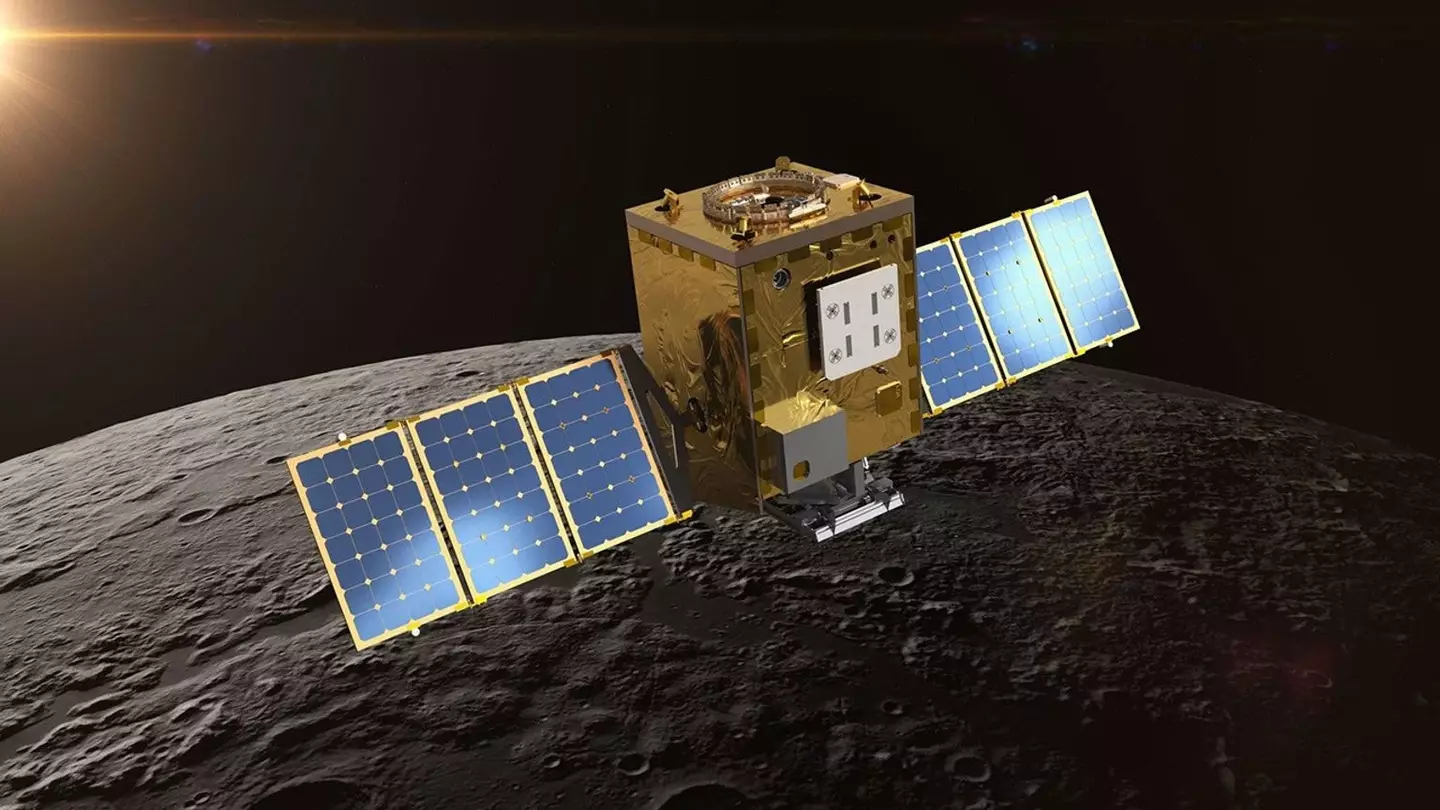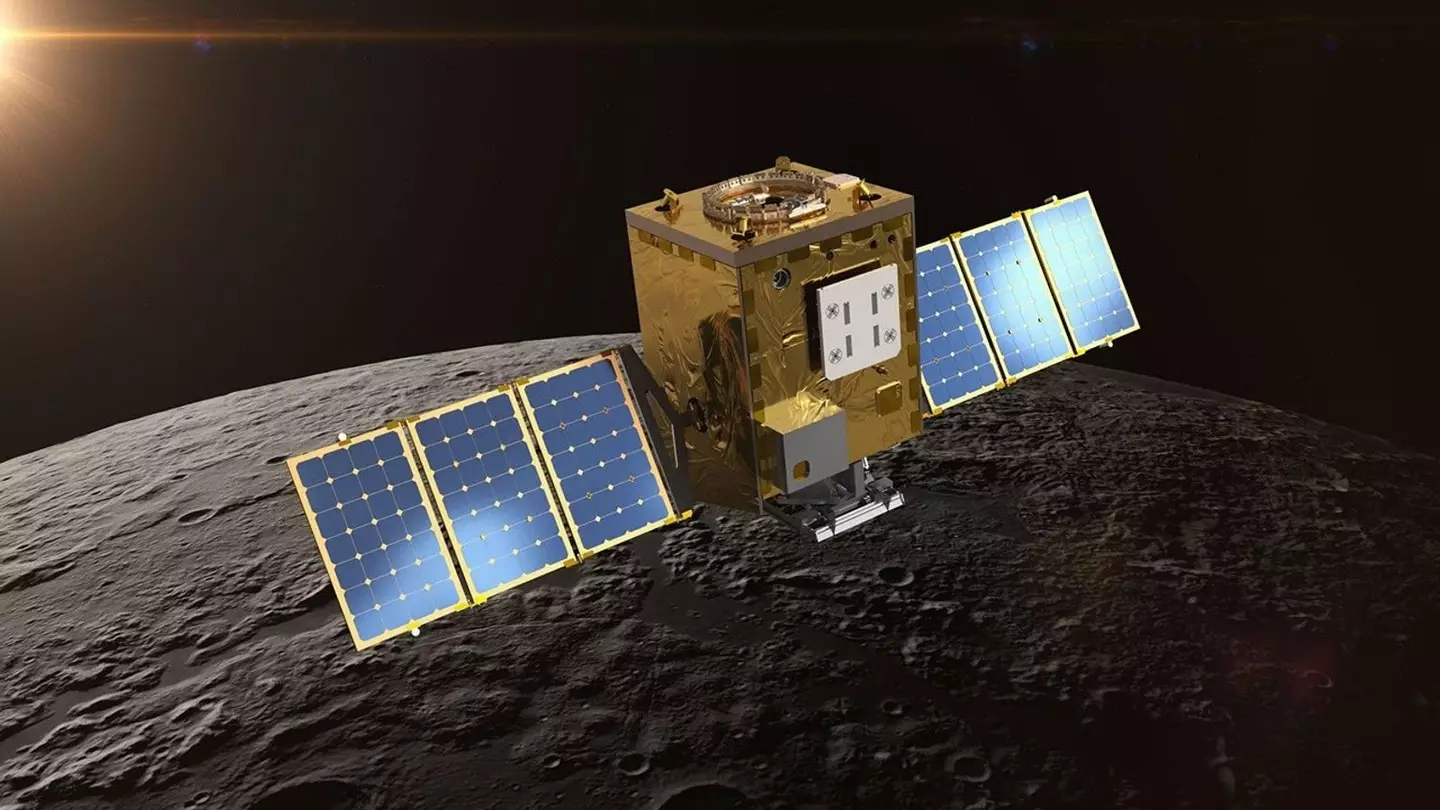The idea of drifting through the endless expanse of space alone, after losing contact with Earth, is undeniably terrifying.
This unfortunate scenario is the reality for a NASA satellite, similar in size to a dishwasher, that was on a mission to the moon.
The Lunar Trailblazer satellite, now spinning and moving further into space, has been lost irretrievably.
After five months of efforts to reestablish communication, NASA has had to terminate the $72 million mission.
The satellite was initially launched successfully on February 26 aboard a SpaceX Falcon 9 rocket.
It was part of NASA’s SIMPLEx missions, which involve smaller, more cost-effective spacecraft sharing a ride with larger, more expensive mission payloads on the same rocket.

The goal of the Lunar Trailblazer was to create maps of the moon’s surface water, providing scientists with data on its quantity and how it changes over time. These maps were intended to guide future moon missions, both robotic and human, but the satellite did not make it to this stage.
Approximately 48 minutes post-launch, the satellite successfully separated from the rocket and managed to make initial contact with mission operators.
Contact, however, was lost the following day. Despite extensive efforts, a stable two-way communication link was never reestablished.
Global space organizations collaborated in an attempt to track the satellite.
Andrew Klesh, the project systems engineer for Lunar Trailblazer at NASA’s Jet Propulsion Laboratory, stated: “The global community’s support helped us better understand the spacecraft’s spin, pointing and trajectory. In space exploration, collaboration is critical – this gave us the best chance to try to regain contact.”
Using ground radar and optical observations, NASA determined that the satellite was in a slow spin as it continued its drift into deep space.
154 days after communication was lost, NASA confirmed on July 31 that they had to end the pursuit of the project.

Scientists believe they have solved the mystery of NASA’s missing lunar mapper, attributing its fate to sunlight—or the lack thereof.
The satellite’s solar panels failed to align with the sun shortly after separation from the rocket, preventing it from charging its batteries. This led to a loss of communication the next day.
Klesh explained: “As Lunar Trailblazer drifted far beyond the moon, our models showed that the solar panels might receive more sunlight, perhaps charging the spacecraft’s batteries to a point it could turn on its radio.”
Unfortunately, after the initial contact, this never occurred. The satellite drifted off into space, its recovery now impossible.
Though brief, NASA regards the mission as a learning experience, acknowledging it as a part of the “high-risk, high-reward” nature of pioneering scientific experiments.

Nicky Fox, associate administrator, Science Mission Directorate at NASA Headquarters, stated: “While it was not the outcome we had hoped for, mission experiences like Lunar Trailblazer help us to learn and reduce the risk for future, low-cost small satellites to do innovative science as we prepare for a sustained human presence on the Moon.”
She added: “Thank you to the Lunar Trailblazer team for their dedication in working on and learning from this mission through to the end.”
As the saying goes, aim for the moon, and if you miss, you might end up among the stars. It appears that the Lunar Trailblazer took this expression to heart.

